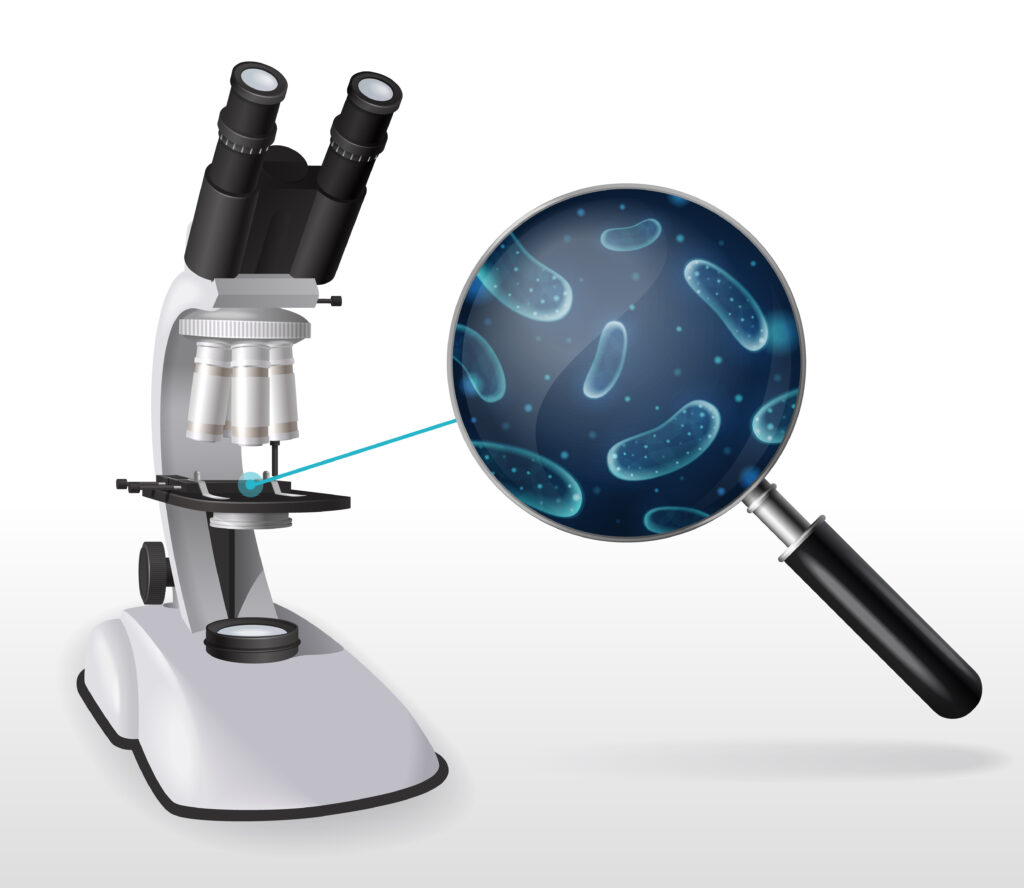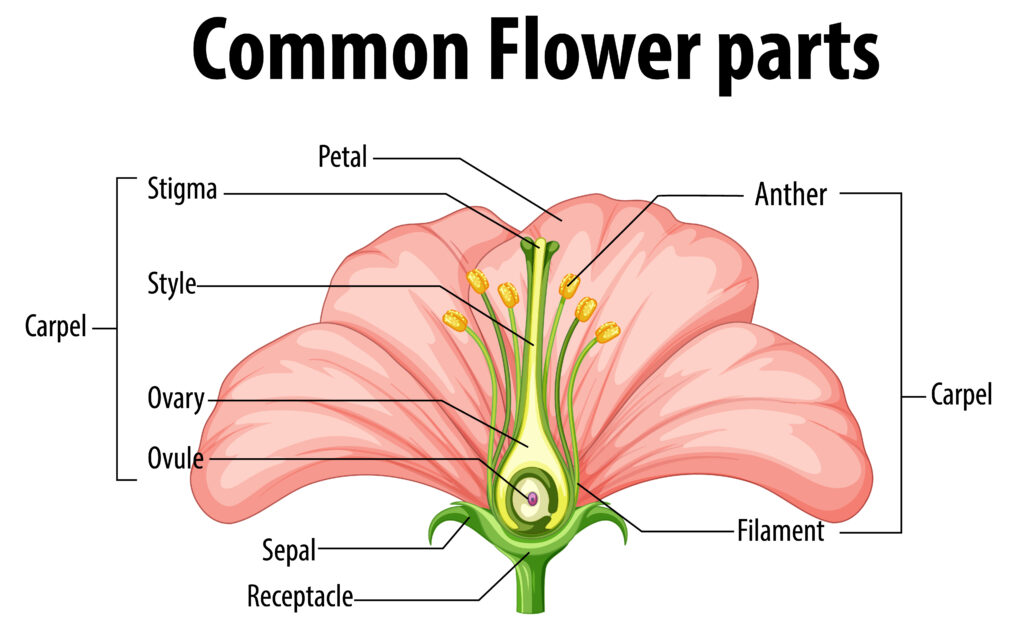Onion Peel Cells
Explore the fundamental building blocks of plants by examining the epithelial cells of an onion peel. This interactive exercise lets you identify key cellular components.
Help & Instructions
▼- Label the Cell: Drag the labels from the options box and drop them onto the correct parts of the onion cell diagram.
- Quiz Challenge: Answer multiple-choice questions about the functions of the labeled organelles.
- Use the hint button if you need help with the labels.
- Identify the major components of a plant cell.
- Understand the structure and function of each organelle.
- Differentiate plant cells from animal cells.
- Practice a common microscopy lab technique.
Label the Onion Cell
Drag the labels and drop them on the correct part of the cell.
Quiz Challenge: Organelle Functions
Which organelle is a large, central sac that stores water, nutrients, and waste products?
Onion cells are a classic example used in biology to study plant cell structure. They are simple to prepare and clearly show key organelles like the cell wall, nucleus, and cytoplasm. Since onion bulbs grow underground, their cells lack chloroplasts and are not involved in photosynthesis.
Key Organelles of an Onion Cell
A rigid outer layer made primarily of cellulose that provides **structural support and protection** to the cell. It gives the onion cell its characteristic rectangular shape. [Image of cell wall labeled in an onion cell diagram]
Located just inside the cell wall, this is a semi-permeable membrane that **controls the movement of substances** into and out of the cell.
The **control center of the cell** that contains the cell's genetic material (DNA). It directs all cellular activities.
The jelly-like substance filling the cell, where most of the cell's **metabolic reactions** occur. It holds all the organelles in place.
A prominent organelle that stores water, nutrients, and waste. It also helps maintain **turgor pressure**, which keeps the cell firm and the plant upright.


